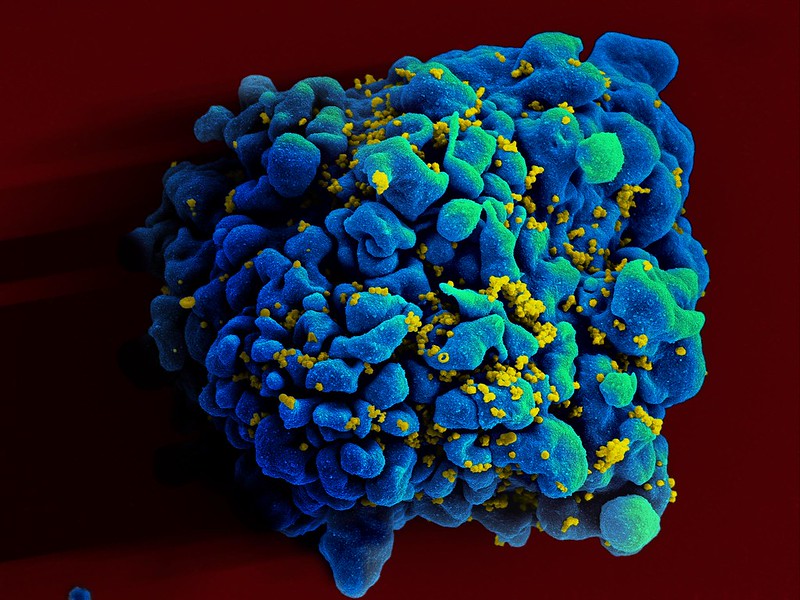The HIV Dormancy Mystery Could Unlock the Path to a Cure

For over three decades, HIV has played an elaborate game of hide-and-seek with researchers, making treating – and possibly even curing – the disease a seemingly insurmountable obstacle to achieve.
But scientists at Case Western Reserve University have made a breakthrough discovery that could fundamentally change strategies for treating HIV.
The team identified for the first time how HIV enters a dormant state in infected cells that allows the virus to “hide” from the immune system and current treatments.
The researchers believe the finding, just published in Nature Microbiology, challenges decades of scientific assumptions and opens a new approach to possibly eliminating the deadly virus.
“This discovery rewrites what we thought we knew about how HIV goes into this stealth mode in the human body,” said study lead Saba Valadkhan, an associate professor in the Department of Molecular Biology and Microbiology at the Case Western Reserve School of Medicine. “We’ve shown that HIV actually orchestrates its own survival by reprogramming host cells to create the perfect hiding place.”
The team discovered that HIV uses a clever survival trick that explains why it’s been impossible to cure. After HIV invades a cell, it sneaks its genetic code into the cell’s DNA, then tricks the cell into going to sleep, which also puts the virus to sleep, making both completely invisible. This tactic makes the infected cell invisible to the immune system and unreachable by even today’s most advanced HIV drugs. The virus stays hidden in these dormant cells until the right moment to “wake up” and spread again, creating an undetectable reservoir that ensures HIV never goes away completely.
“What we’ve uncovered is that HIV doesn’t just randomly go dormant – it actively manipulates the host cell to create conditions for its own survival,” said study collaborator Jonathan Karn, Distinguished University Professor and chair of the Department of Molecular Biology and Microbiology. “This gives us specific targets to attack.”
The findings may extend far beyond HIV treatment. The researchers believe similar dormancy actions could be triggered by other viruses – including herpes, hepatitis and other retroviruses – potentially leading to new therapies for many viral diseases.
“We may have uncovered new tactic viruses use to trick the host cells to do their bidding,” Valadkhan said.
This discovery is also important for protecting public health worldwide because viruses like HIV – which can permanently insert themselves into a person’s DNA – could potentially be used as future viral threats and pandemic preparedness.
Source: Case Western Reserve University





